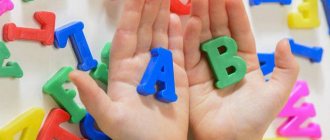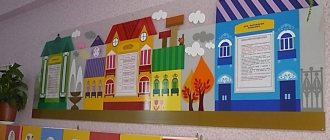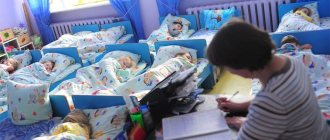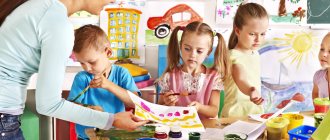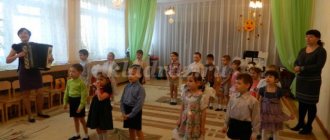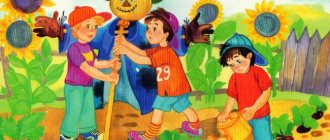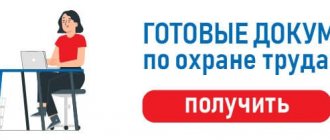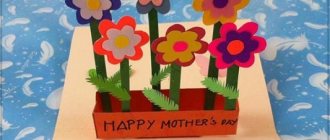Speaking several languages today is not just a “tick” on a resume, but a necessity. Fluency in a foreign language, in particular English, is a mandatory requirement for candidates for almost any highly paid vacancy, and not necessarily in international companies.
People of the older generation are not too lucky in this regard, because previously the level of teaching foreign languages in schools and universities often did not stand up to criticism. But the modern younger generation has an excellent opportunity to master a foreign language with minimal effort, and at the level of a second native one. How to do it?
What is bilingualism
Bilingualism, or bilingualism, is the ability to equally alternately use two languages at once - both in everyday life and in professional activities. This ability can be either innate, obtained naturally, or acquired. Natural bilinguals are usually citizens of countries with two official languages. For example, Canada (English and French), former Soviet republics (for example, Russian and Ukrainian or Belarusian), many Latin American countries. Another common example is children from mixed families where the parents speak different languages.
Today, bilingualism can be considered a huge advantage for those who want to build a successful career, especially in the international labor market. After all, it is often not enough to know a foreign language at a basic level - it is important to communicate freely in a foreign language just as in your native one.
Key benefits of bilingual practice
To summarize, I will try to highlight for you the most important advantages that bilingual education has. So:
- communication skills develop;
- memory and logic are stimulated;
- vocabulary and conceptual stock expands.
A bilingual child studies the history and culture of both countries. He develops fluent spoken language and correct pronunciation, and instantly switches easily from one language to another. Bilingual children are special; as they get older, they have the ability to quickly change activities, concentrate better and can solve two problems at the same time. It’s a pleasure to watch such kids, I tell you!
Bilingualism as a principle of teaching preschoolers
The practice of bilingual education for children of primary preschool age is popular in many countries around the world. It is believed that bilingual education in kindergarten, in comparison with traditional learning of a second language as a foreign language, has a number of important advantages. Thus, a bilingual person acquires the ability to use both languages automatically, literally on a subconscious level. At the same time, the so-called deforming influence of the first (native) language on the one being studied is minimized, because the development of both languages occurs almost simultaneously, naturally, and not through the prism of previously acquired knowledge.
Practice shows that children studying in bilingual kindergartens and schools are deprived of many prejudices and prejudices regarding races and nationalities. In general, they differ from their peers in their broader view of the world, flexibility of thinking, liberation, and readiness to accept new knowledge and learn new skills.
The advantages of bilingual kindergartens for a child also include a significantly faster increase in vocabulary. And both in a foreign and native language.
However, along with the advantages, this teaching method, according to some experts, also has disadvantages. But, in fairness, the vast majority of these shortcomings are associated exclusively with the wrongly chosen methodology and poor quality training:
- With bilingual learning, the child to some extent loses the natural ability to critically compare two different languages and analyze their structure, as happens in classical mixed learning. For children with a relatively low level of mental ability, this may lead to difficulties with the perception of complex structured information in the future.
- With an illiterate approach to learning, a child may lose a close connection with his native culture, adopting the structure of concepts and worldview of a different ethnic group.
- Not all private bilingual kindergartens can boast of truly qualified staff, especially native speakers. Poor quality training in the early stages can in the future lead to difficulties in constructing sentences and holistic perception of speech, incorrect use of lexical connectives and phrases, incorrect intonation and other problems that require long-term correction.
Education at the international bilingual kindergarten CIS International School is conducted according to the Cambridge program, honed over the years. Classes in kindergarten are taught by both Russian-speaking teachers and native English speakers. All of them are qualified certified teachers. Language learning occurs naturally and naturally, with great attention paid to the method of presenting information, the development of children's personal qualities and social skills. Our kindergarten program completely eliminates any potential disadvantages of bilingual education. Graduates of CIS International School are children who are fully prepared to study in primary school, able to work in a group, perceive and analyze information. And students who enter CIS primary school after kindergarten are already able to communicate in English as a second native language by the age of 10-11.
Bilingual kindergartens and schools are an investment in the child’s future
Bilingual education has many advantages over conventional education. Children master a foreign language as a second native language, broaden their horizons, and become familiar with the main components of Anglo-American culture. They have a high degree of adaptability to change, become tolerant and more easily integrate into a new society.
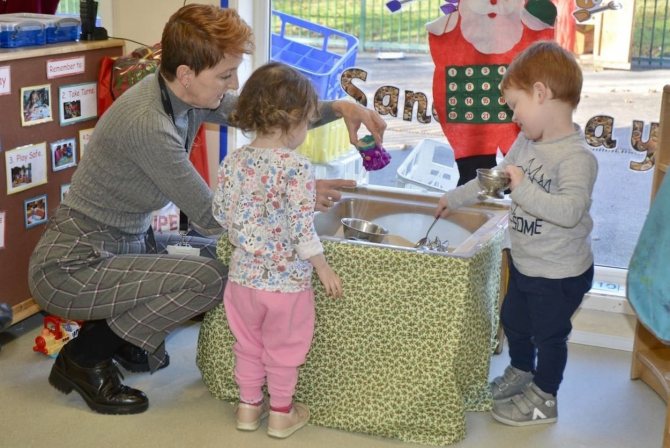
There are several bilingual preschool institutions in Moscow. The most famous of them:
- Heritage School is an international primary school and kindergarten, teaching according to the British Early Years Foundation Stage (EYFS) program and the Russian state school curriculum (and Mr Great and I cannot be happier that we chose this particular school for our children!);
- P'titCREF is a trilingual kindergarten that unites children who speak English, French and Russian.
- Baby-Bilingual Club - a club for early language development, provides complete immersion in the language environment;
- English Nursery & Primary School is a kindergarten and primary school that combines the best traditions of British and Russian education; education is conducted by immersion in an English-speaking environment.
To make sure you don’t make a mistake in your choice, I recommend using my husband’s proprietary checklist! This is what we were guided by when making our choice.
Mr Great checklist for choosing a bilingual kindergarten
- Find out what methodology the kindergarten uses (content-based or subject-based). I repeat, content is more effective;
- Ask about the teaching staff. It is important that most teachers are native speakers of a foreign language;
- Make sure that subject teachers do not change every month; a stable teaching staff is important, so you won’t have to worry that in the middle of the school year a native speaker teacher will not be replaced by a Russian-speaking colleague;
- Study the extracurricular life of the school, not only classes are important, but also the general atmosphere, cultural integration in an interlingual environment;
- Find out under what conditions the school building is used, this is important; it will be extremely inconvenient if, at the height of the school year, the school fails to renew the lease agreement, and the kindergarten will have to move to the other end of the city.
And most importantly, dear parents: when choosing a bilingual preschool for your child, take the trouble to attend a trial lesson. This will allow you to assess how suitable this kindergarten is for your child and meets its goals and objectives. Personal impressions are the most important!
Always yours, Mrs Britain
Basic methods of bilingual education
Most bilingual kindergartens in Moscow and other large Russian cities use two fundamentally different teaching methods - subject-based and content-based. The subject methodology is that part of the disciplines (or classes in kindergarten) are taught in Russian, the other part in a foreign language. The content-based methodology assumes an equal share of native and foreign languages in the study of all disciplines.
Both methods have subjective pros and cons. But obtaining a truly bicultural bilingual education is only possible when using meaningful methods. In this case, the child ceases to feel a clear line between his native and foreign languages, gets used to thinking in a second language, and learns to operate both languages to the same extent in everyday life and when interacting with teachers.
When choosing a kindergarten or school, parents must clearly understand what they want to achieve - to give their child in-depth knowledge of a foreign language or to ensure that a foreign language becomes a second native language for him.
Senior group. Senior preschool age. Children 5-6 years old
Didactic games in English for children of the senior group Game “Feathers. Feathers” on the topic “Colors. Colors"
Children attach colored feathers to the bird, naming the color. “White feather, white feather, what do you see?” (place the white feather on the turkey's back) "I see a gold feather next to me." (place the gold feather on the turkey's back)…
Outline of an English lesson in the senior group “Clown's Face. "My Face"
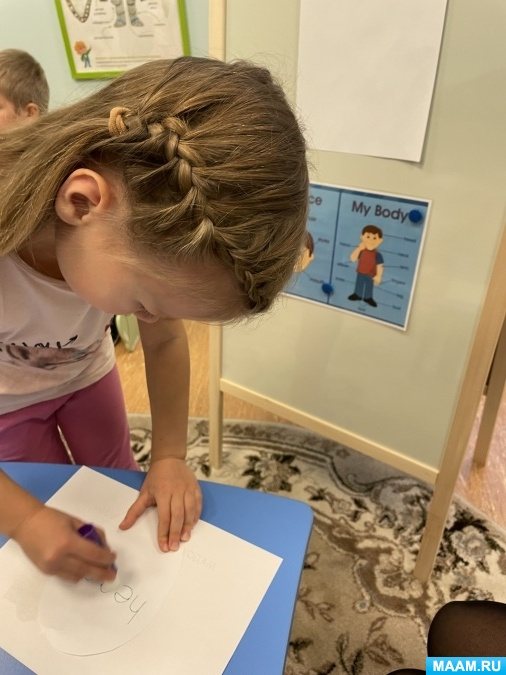
Lesson topic: Clown's face. Purpose of the lesson: presentation and practice of new words on the topic “Face” using the Craft technique. Objectives of the lesson: 1. Educational: consolidate vocabulary on the topic, consolidate speech patterns “I have.” ", practicing the pronunciation of sounds. 2. Developmental: train children’s memory,…
Types of English classes in kindergarten
The most popular type of foreign language lessons is an integrated lesson, that is, direct educational activity (DEA), which combines different types of activities to master one topic. For example, in a lesson in the middle group, while examining parts of the body, kids play, sing and make appliqué.
In addition, classes can be classified according to the stage of acquaintance with a foreign language:
According to the degree of immersion in the topic, classes can be:
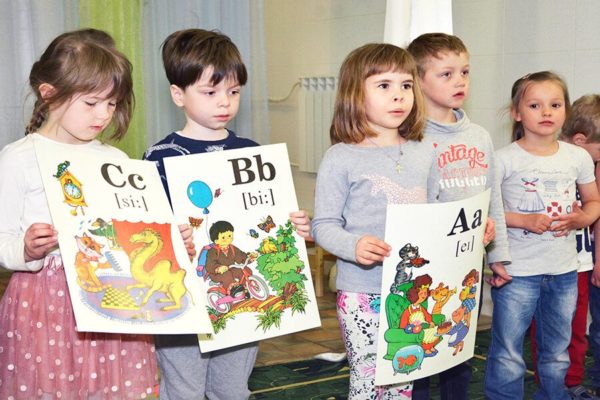
Typically, classes combine different types of activities for preschoolers
Methodology for conducting English classes in kindergarten
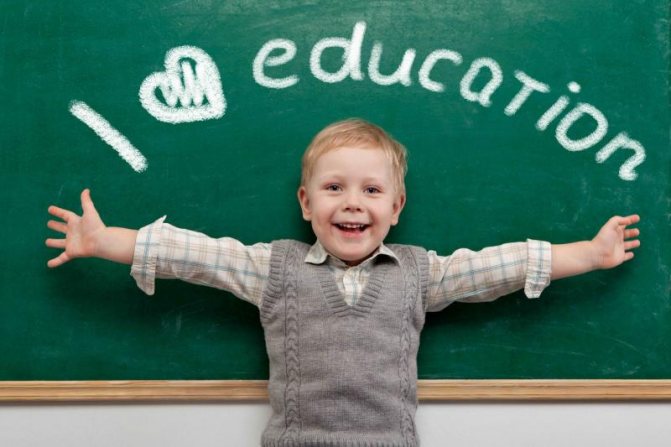
The concept of modern preschool education assumes the comprehensive development of the child. That is, the educational program includes not only traditional courses: familiarization with the outside world, speech development, etc., but also those determined by the modern social, political and cultural situation. The latter includes the introduction of English language learning into the kindergarten educational program.
P'titCREF: learning three languages at once!
P'titCREF is one of the few kindergartens that offers three languages at once: Russian, English, French. Children just play, tedious cramming is completely absent: foreign languages are acquired organically.
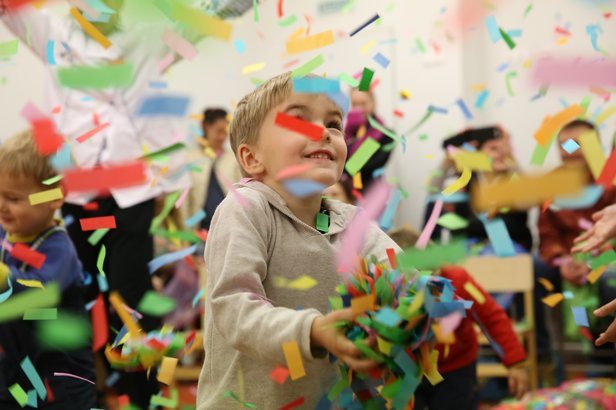
P'titCREF has many children from bilingual families. Some of them don't speak Russian at all. The methodology is based on uniting multilingual children into a single group: the kids will always be able to agree. They do not notice the hardships of learning at all, and the program also includes other subjects: reading, writing, arithmetic, logic, and fundamental preparation for school. Creative and sports activities are not forgotten, since, according to P'titCREF teachers, every child should have every opportunity to develop their abilities. And for kids, whether they have two or three languages is completely indifferent; they have no fear of making mistakes, so children learn with joy.
There are currently four kindergartens of the P'titCREF system open in Moscow. Children over two years of age are accepted. The children are divided into groups of 8-12 people, according to age.
Fly High Kids Academy: every child is unique!
Future citizens of the world must comprehend not only the authentic features of cultures, but also their similarities and become accustomed to the awareness of their unity. It is precisely life in the international world and free communication with representatives of different nations that is taught at the Children's Academy of Aerobatics.

The kindergarten accepts children from the age of one and a half years, but classes in bilingual groups begin only at 3.5. Groups are formed on an international basis: children from different countries learn to interact while playing and resolving everyday situations. The process is led by native speaking teachers. There is a daily routine, organized classes too, but the children are allowed to fool around and try themselves in all areas of activity.
“World of Wonders”: bilingual kindergarten-lyceum
The main thing in the activities of the “World of Wonders” is the development of the child’s natural thinking: everything is done to ensure that the child is independent of stereotypes. Children are taught to think and analyze their own actions, which helps them become leaders in the future.

“World of Wonders” educates potential leaders: in addition to English lessons with native speakers, children are offered to study the basics of etiquette and general education disciplines. There are creative studios (including a theater group), and sports activities are organized. There is a psychologist working at the kindergarten; you can additionally study a third language, French.

